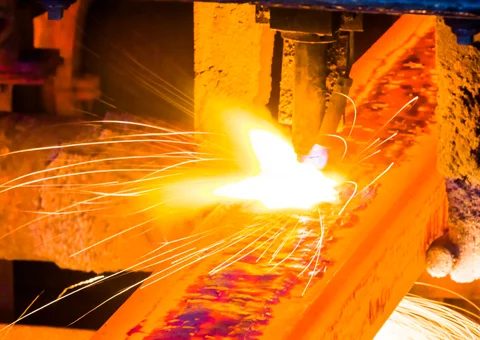In July, the global iron ore market showed significant price growth due to a combination of positive fundamental and expected political factors. September futures on the Dalian Exchange reached $112.74/t as of July 21, the highest since February, showing a 14% increase since the beginning of the month. August contracts on the Singapore Exchange also rose 11.3% to $103.6/t.
The main driver of the market was the announcement of a large-scale hydropower project in Tibet worth 1.2 trillion yuan. There are plans to create a cascade of five hydroelectric power plants with a total capacity of 60 GW, which is three times the capacity of the Three Gorges Dam. The initiative has fueled hopes for growth in long-term demand for steel in China, especially in the long-length rolled steel segment. As a result, trader activity in the futures market and the conclusion of real deals have increased.
Another positive factor was the stable operation of Chinese metallurgical enterprises, despite the seasonal slowdown. Pig iron production volumes remained relatively high, and some plants even accelerated the restoration of capacity after technical shutdowns. In addition, there was a gradual decline in ore stocks at Chinese ports, indicating stable purchases by steel producers.
However, the market situation was not entirely positive throughout the month. Prices periodically declined due to caution on the part of government agencies. For example, the statement by the Ministry of Industry of the PRC on preparations for structural reforms and the phasing out of obsolete capacities in the steel sector raised concerns about a potential decline in demand for raw materials. Such signals led to partial profit-taking in the futures market and corrective price declines.
At the same time, analysts note that the underlying market conditions remain favorable. Supply from major exporters has declined slightly, and Beijing’s expected political activity — in particular, the Politburo meeting — could trigger new infrastructure stimulus measures.
In the short term, iron ore prices will remain volatile, but with a predominantly upward trend. The main risk remains a possible decline in steel production if new quotas or restrictions are implemented. At the same time, if China announces further megaprojects or a construction stimulus program, demand for iron ore may remain high until the end of the third quarter.
As GMK Center reported earlier, Moody’s expects iron ore prices to remain at $80-100/t in the next 12-18 months. This forecast is due to weak demand from China and high supply on the global market.
A similar view was expressed by analysts at BMI Country Risk and Industry Research. They maintain their forecast for the average annual price for 2025 at $100/t, although they acknowledge the pressure from weak demand.

